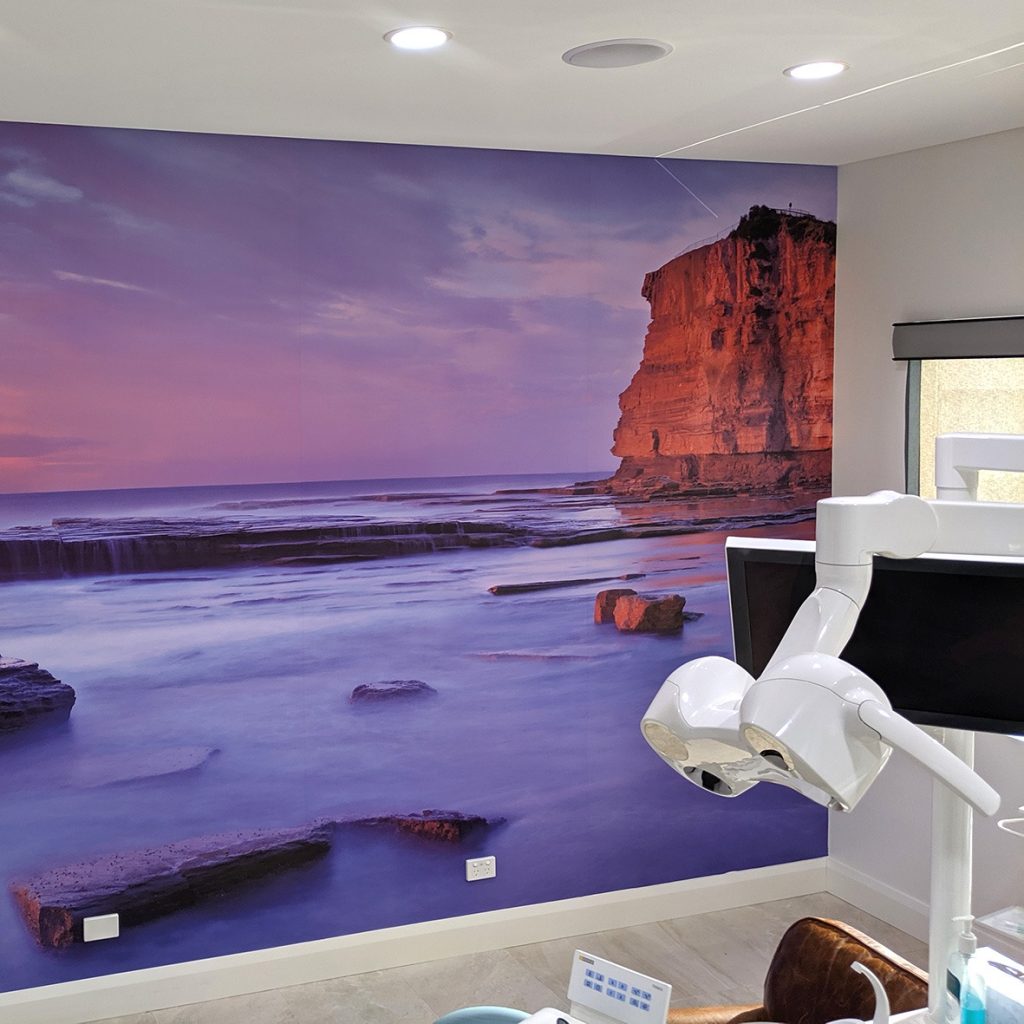Choosing the right Healthcare risk management software is a critical decision for any healthcare organization aiming to improve patient safety, ensure compliance, and streamline operations. This powerful tool helps healthcare providers identify, assess, and mitigate risks before they escalate into serious issues. By implementing a robust Healthcare risk management software, organizations can enhance their ability to monitor incidents, improve data accuracy, and support informed decision-making that directly impacts patient care. With the healthcare industry becoming increasingly complex, having the right system in place is no longer optional—it’s a necessity.
Understanding Healthcare Risk Management Software
Healthcare risk management software is a digital solution designed to help healthcare organizations proactively manage and minimize risks. It provides a centralized platform for reporting incidents, tracking compliance, and analyzing risk-related data. The software ensures that critical information is easily accessible, enabling healthcare providers to identify patterns, address potential hazards, and improve overall safety protocols. With features tailored to the unique needs of the healthcare sector, this technology plays a vital role in meeting regulatory requirements and enhancing operational efficiency.
Why Choosing the Right Software Matters
Selecting the best healthcare risk management software can have a significant impact on an organization’s ability to deliver high-quality care. The right solution improves communication across departments, reduces the likelihood of medical errors, and supports continuous improvement efforts. It ensures that data is collected accurately and analyzed effectively, leading to better decision-making and resource allocation. Furthermore, it provides healthcare administrators with the tools they need to create a culture of safety, accountability, and compliance.
Key Features to Look for in Healthcare Risk Management Software
When evaluating options, healthcare organizations should consider whether the software offers incident reporting capabilities, compliance tracking, and customizable workflows. A robust healthcare risk management software should also include analytics and reporting tools to help identify trends and evaluate the effectiveness of risk mitigation strategies. Integration capabilities with existing healthcare systems, such as electronic health records (EHRs), are equally important for ensuring seamless operations. Additionally, user-friendly design and mobile accessibility can significantly improve adoption rates among staff.
Benefits of Implementing Healthcare Risk Management Software
The benefits of implementing healthcare risk management software extend beyond compliance and risk reduction. It can lead to better patient outcomes by enabling healthcare providers to respond quickly to incidents and implement preventative measures. By centralizing all risk-related data, organizations can improve transparency and accountability while reducing administrative burdens. Moreover, having a comprehensive system in place helps healthcare facilities prepare for audits, meet accreditation standards, and maintain their reputation for quality care.
Steps to Choosing the Right Solution
To choose the most suitable healthcare risk management software, organizations should start by assessing their specific needs and risk management goals. This involves identifying the types of risks most prevalent in their facility, the current challenges in reporting and tracking incidents, and the desired improvements in workflow efficiency. Next, researching available solutions, requesting product demonstrations, and gathering feedback from staff can provide valuable insights. Evaluating vendors based on their industry experience, customer support, and ability to provide tailored solutions is crucial. Finally, reviewing cost structures and scalability ensures the chosen software will meet the organization’s long-term needs.
Common Challenges and How to Overcome Them
One of the biggest challenges in implementing healthcare risk management software is resistance to change among staff. Overcoming this requires proper training, clear communication about the benefits, and ongoing support from leadership. Another challenge is ensuring data accuracy and consistency, which can be addressed through standardized reporting processes and regular audits. Integration issues with other healthcare systems can also arise, making it essential to choose a solution with strong interoperability features.
The Future of Healthcare Risk Management Software
As technology continues to evolve, healthcare risk management software is becoming more advanced, incorporating artificial intelligence and predictive analytics to proactively identify potential risks. These innovations allow healthcare organizations to act before issues escalate, further improving patient safety and operational efficiency. Cloud-based solutions are also gaining popularity due to their scalability, cost-effectiveness, and ability to support remote access. Organizations that invest in modern, adaptable systems will be better positioned to meet future challenges and regulatory demands.
Final Thoughts
Choosing the right healthcare risk management software is a strategic decision that can transform how a healthcare organization approaches risk prevention and patient safety. By focusing on functionality, ease of use, and vendor reliability, administrators can select a solution that not only addresses current challenges but also supports long-term growth and improvement. In a healthcare environment where patient outcomes and regulatory compliance are paramount, having an effective risk management system in place is a vital step toward ensuring the highest quality of care.



